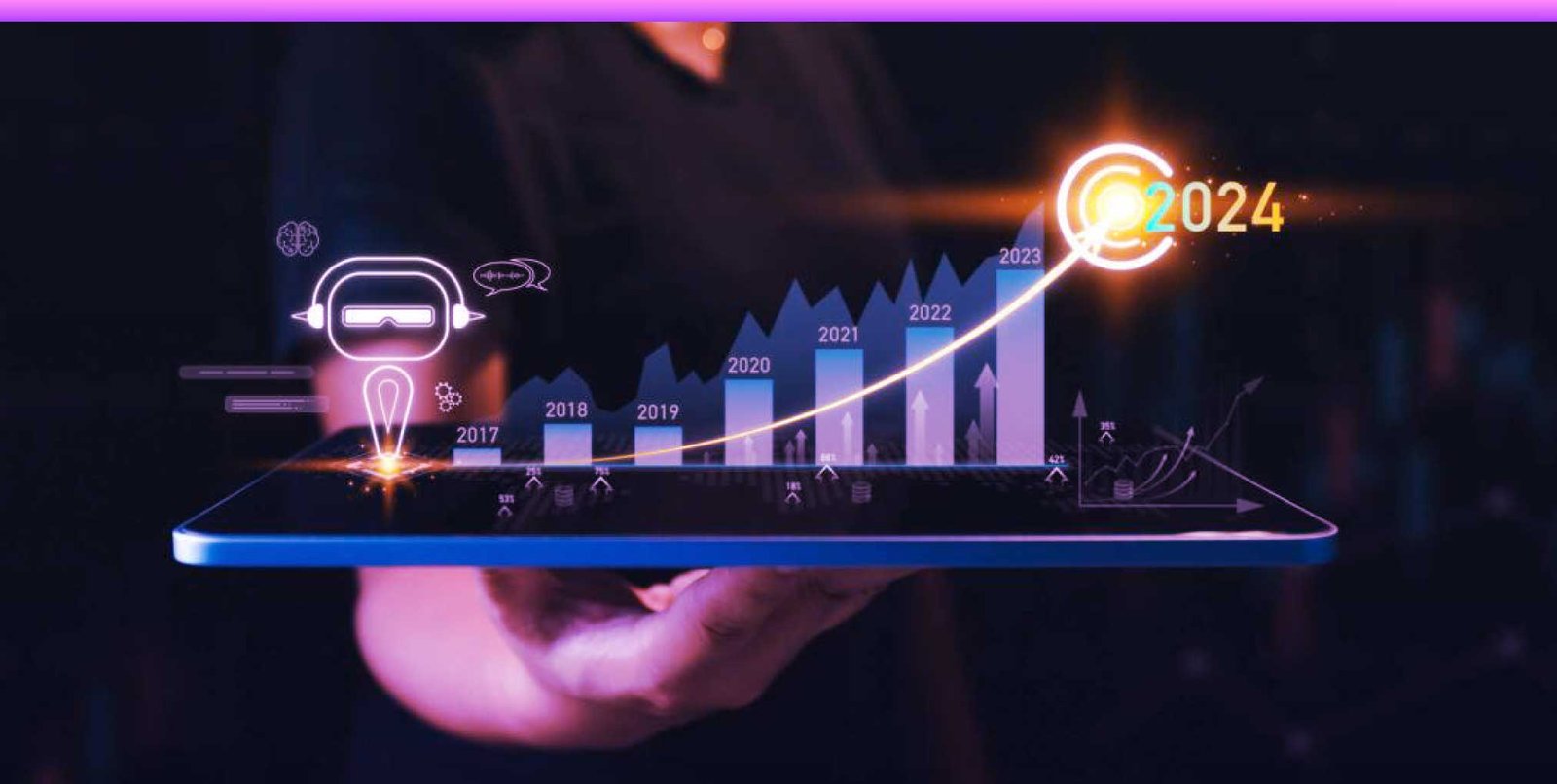
📆 Feb 10, 2024
Assessing Chatbot Efficiency: Top 10 Performance Metrics
We’re living in an exciting time with AI making amazing progress. In the next few years, AI, and eventually artificial general intelligence (AGI), could bring…
Read more...
Our company specializes in crafting bespoke websites that elevate your online presence. With a blend of technical expertise and creative finesse, we deliver seamless web solutions designed to captivate users and drive results. Whether you're a startup or an established enterprise, our experienced team ensures every aspect of your website is meticulously tailored to your needs. From responsive design to flawless functionality, we prioritize collaboration to bring your vision to life. With a commitment to excellence and innovation, we empower businesses to thrive in the digital realm, leaving a lasting impact on their target audience.

These platforms facilitate online buying and selling of goods and services. They include features such as product listings, shopping carts, payment gateways, and user accounts.
Designed to showcase the work, skills, and accomplishments of individuals or businesses. They often include galleries, testimonials, and contact information to attract potential clients or employers.
Informational Websites: These sites provide valuable information on specific topics or industries. They can range from blogs and news sites to educational resources and wikis, aiming to inform and educate visitors.
Platforms that enable users to connect, interact, and share content with others online. Examples include social media sites like Facebook, Twitter, LinkedIn, and niche communities centered around specific interests or hobbies.
Developed for businesses or organizations to establish their online presence and communicate with their target audience. They typically feature information about the company, its products or services, contact details.
These platforms focus on providing learning resources, courses, tutorials, and other educational materials to users. Examples include Khan Academy, Coursera, Udemy, and educational portals for schools and universities.

Tailoring websites to meet the unique needs and goals of each client. This involves creating bespoke solutions from scratch, ensuring that the website is precisely aligned with the client's specifications and requirements.

Implementing designs that adapt seamlessly to various devices and screen sizes, ensuring optimal user experience across desktops, tablets, and smartphones. Responsive design is crucial for reaching and engaging with users on different platforms.
.png)
Incorporating advanced functionality and features to enhance user interaction and engagement. This may include integration with third-party APIs, e-commerce functionality, content management systems (CMS), interactive elements, and more.
.png)
Providing continuous support and maintenance services to ensure the smooth operation and longevity of the website. This includes regular updates, security patches, troubleshooting, and technical assistance to address any issues that may arise post-launch.






Step 1
This initial phase involves understanding the project requirements, goals, target audience, and desired functionalities. It includes conducting research, creating user personas, defining the site structure, and outlining the project timeline and budget. Clear communication between stakeholders and the development team is crucial during this phase to ensure alignment and a shared vision for the project.

Step 2
Once the project requirements are gathered, the next step is to create the visual design and layout of the website. Designers may start with wireframes, which are basic sketches or mockups illustrating the site's structure and content hierarchy. These wireframes are then refined into high-fidelity designs that incorporate branding elements, color schemes, typography, and imagery. Feedback from clients and stakeholders is collected and incorporated throughout this iterative design process.

Step 3
With the design approved, developers begin building the website using coding languages such as HTML, CSS, and JavaScript. They transform the design into functional web pages, incorporating interactivity, responsiveness, and accessibility features as needed. Content management systems (CMS) or frameworks may be utilized to streamline development and facilitate content updates. Throughout this phase, thorough testing is conducted to ensure the website functions correctly across different devices, browsers, and screen sizes.

Step 4
Once development is complete, the website undergoes rigorous testing to identify and resolve any bugs, errors, or usability issues. This includes functional testing to ensure all features work as intended, compatibility testing to verify cross-browser and cross-device compatibility, performance testing to assess load times and responsiveness, and security testing to identify and mitigate potential vulnerabilities. After testing is complete and any issues are addressed, the website is deployed to the live server, making it accessible to the public. Ongoing maintenance and updates may be required post-launch to keep the website secure and optimized for performance.

Our extensive experience in AI development and implementation gives us a proven track record of success and expertise to meet your business's AI needs.

Employing over 150 individuals, we offer a broad range of skills and knowledge to support your business's AI requirements, providing a comprehensive solution to meet your needs.

Our international footprint with offices in the USA, UK, and UAE allows us to offer AI solutions and support worldwide, making us an excellent choice for businesses with worldwide operations.

We prioritize our employees' growth and development, ensuring a dedicated and motivated team that is committed to delivering the best AI solutions for your business.

📆 Feb 10, 2024
We’re living in an exciting time with AI making amazing progress. In the next few years, AI, and eventually artificial general intelligence (AGI), could bring…
Read more...

In the tech world, you often hear two important words:…


In today’s ever-changing business world, integrating artificial intelligence (AI) is…